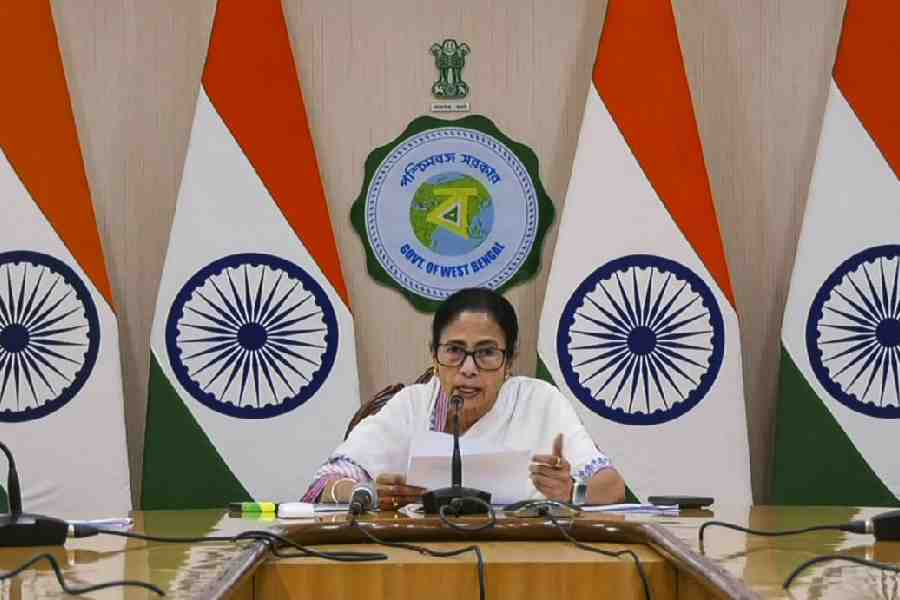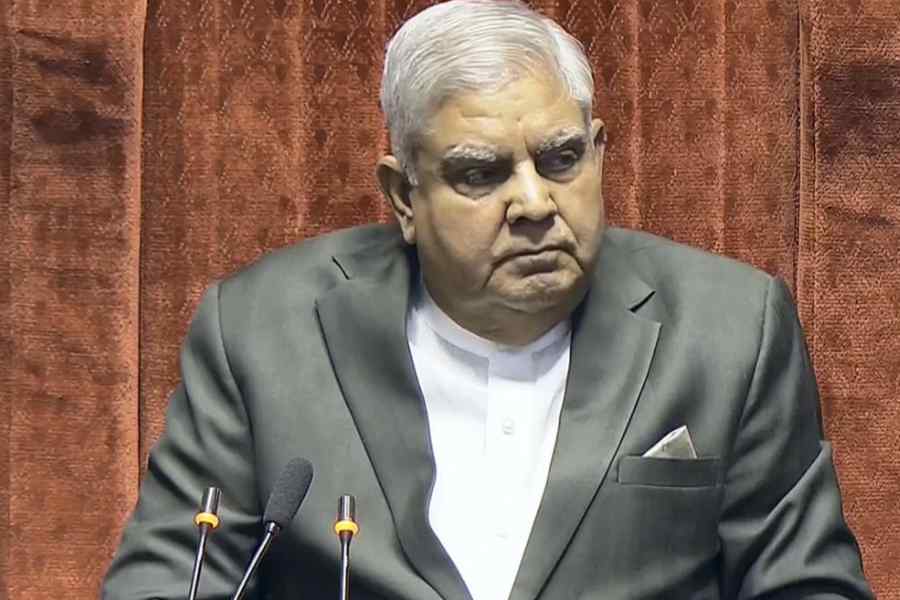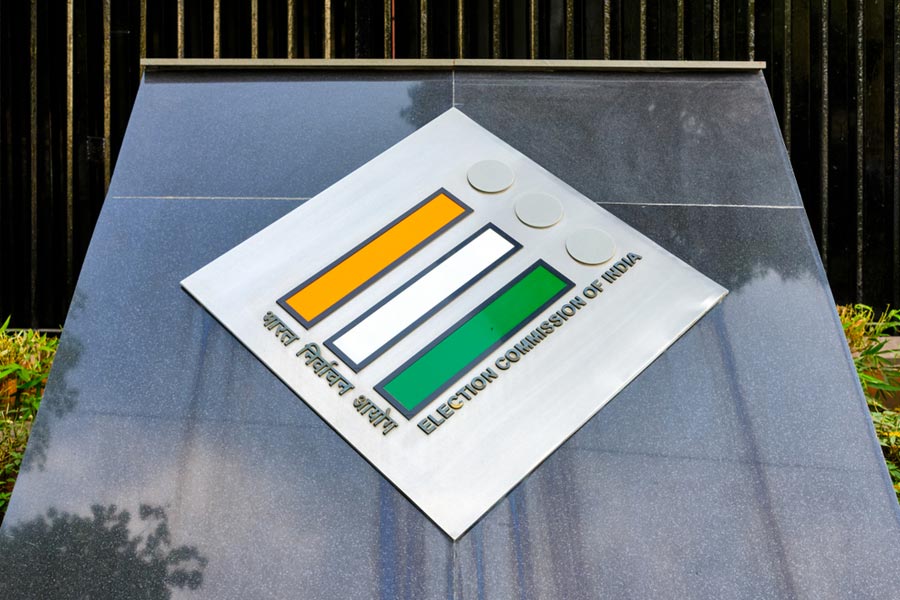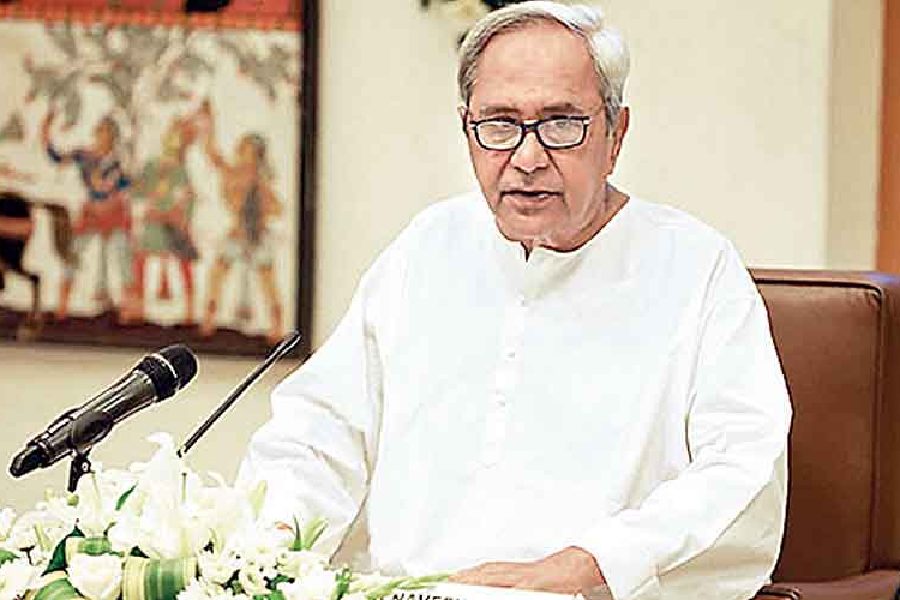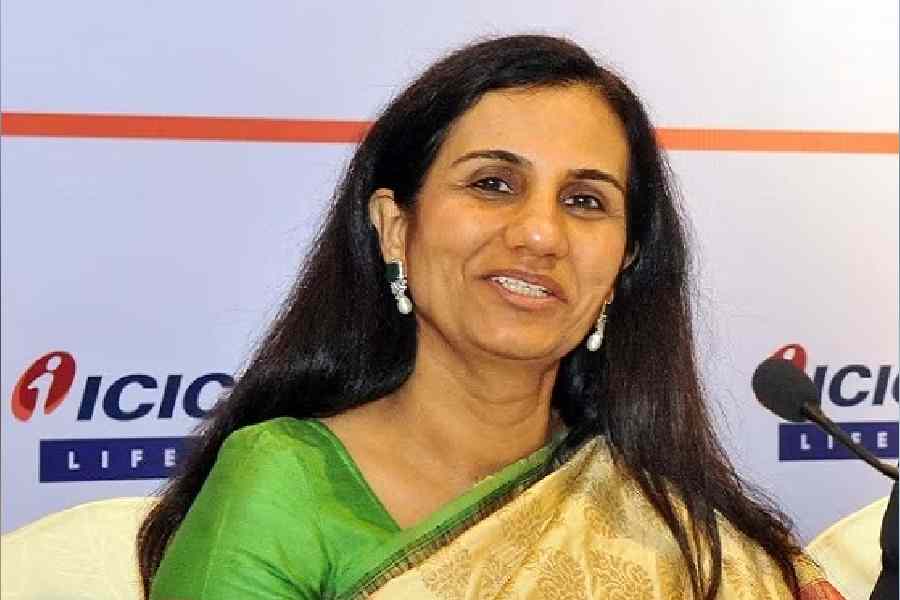 |
Gaya, Nov. 18: Eight-year old Ranjan Kumar from Karkatta village of Palamu district, Jharkhand, was admitted in the paediatrics ward of Anugraha Narayan Medical College and Hospital (ANMCH) last night.
Ranjan suffers from high fever, neurological disorientation, convulsions and has a problem in breathing. A suspected victim of Japanese encephalitis, Ranjan’s condition is critical as his vital organs are not functioning properly.
So far, the hospital has seen as many as 389 patients such as Ranjan in the last 88 days, of whom 85 have succumbed to the deadly, viral mosquito-borne disease whose reservoir is pigs. Those who have survived have a tough life ahead as they are afflicted with severe neuro-psychiatric disorders.
Munni Devi, mother of five-year-old Gudiya, a confirmed patient of Japanese encephalitis, is angry and anguished. “I am a poor woman, not even literate,” she said. “But I am pained at the way precious lives are lost because of government apathy. I am here for the past several days since my daughter is admitted here. Almost every day one child is dying. What is the government doing to contain the outbreak? They are now talking of vaccinating children, why did they not do it earlier?”
Munni Devi’s anger is not unjustified. After 46 children died of Japanese encephalitis in 2009, an alarmed government had swung into action and active immunization programme was carried out in 2010. As a result no case of the dreaded disease was reported last year from Magadh division. The cases this year have primarily been reported from areas where pig farming is common and sanitation is poor. Most of the victims belong to one particular Mushar (rat-eating) community.
This year, because of good rains and inadequate immunization programme, the disease has taken a virulent form in Gaya and adjoining districts. Currently, 25 children suffering from the disease are admitted at ANMCH of whom at least three are in critical condition.
While experts say that regular and repeated vaccination ahead of the monsoon in tropical areas such as Gaya is the only way to check the menace, the government has put the onus on the Centre for its failure to put a curb on the spread of the disease.
Talking to The Telegraph, health minister Ashwini Kumar Choubey said in spite of repeated demands by the state to constitute a task force to check the spread of the disease and to supply vaccines for mass scale immunization, nothing has happened yet.
“We need at least 2 crore vials of Japanese encephalitis vaccine for the state alone. The Centre has been ignoring our demand. At best, the Union health ministry sends teams of experts for study and recommendations, but that is not enough. On our part, we are doing our best. Right from launching mass awareness regarding the disease to ensuring sanitation in affected areas, we are doing it all,” Choubey said on a day two central teams were expected to reach Gaya to assess the extent of the disease.
Choubey, however, could not come up with a satisfactory answer when asked about the acute shortage of personnel and resources at ANMCH. The minister said experts from Patna Medical College and Hospital and Nalanda Medical College and Hospital have been deputed at ANMCH, but a visit to the health hub revealed otherwise.
As there are only three regular doctors against the sanctioned strength of 11, two interns have been deputed in the wake of the emergency situation. Three more doctors were sent by the district health department as temporary arrangement.
Worse, serious patients requiring ventilation had no way out as none of the six ventilators in the hospital are functional. “Had these ventilators been working, 15-20 lives could have been saved. But the staff here are not trained to operate these machines,” said a source in the anaesthesia department.
Officials in the paediatrics department said they were working day and night to save lives. “In case of Japanese encephalitis, the fatality rate could be as high as 40-50 per cent. In our hospital, we have managed to keep it under 25 per cent. This is no mean achievement, given the adverse situation we are working in,” said Dr Ajoy K. Ravi, head of paediatrics, ANMCH.
The hospital cannot even detect all cases of Japanese encephalitis. “At our microbiology lab, we carry out ALISA- IgM to test the disease. This test can only detect 20-25 per cent cases of Japanese Encephalitis while the most appropriate method is RT-PCR (Reverse Transcription Polymerase Chain Reaction) test, which can only be done at National Institute of Virology, Pune. In our hospital, we have detected 97 cases of Japanese Encephalitis so far. We treat most of the cases as Acute Encephalitis Syndrome and do symptomatic treatment,” Ravi said.


